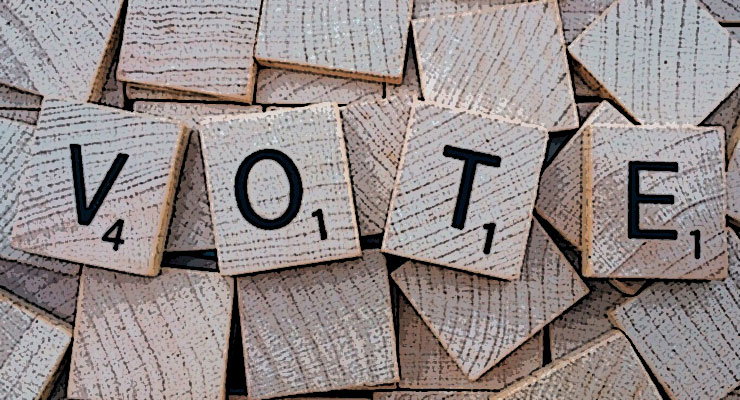
There is good news coming on this front from an unexpected corner as West Virginia makes headway with its unique mobile blockchain voting system. According to a really interesting article by Emily Parker from Longhash:
West Virginia made history last year as the first US state to use mobile blockchain voting for a midterm election. While the process seems to have gone smoothly, the state drew a lot of criticism for applying a new technology to something as sacred as the ballot.
Here’s how it worked. Military voters overseas (or UOCAVA voters) in select West Virginia counties could cast their ballot via Android or Apple smartphones. Ballots were then stored on a network of blockchain servers. More detailed information can be found here.
Last year, I wrote about West Virginia’s foray into blockchain voting for CNN. Recently I spoke again with Donald Kersey, elections director and deputy legal counsel in the West Virginia Secretary of State’s Office, to discuss what went well — and not so well — in November.
See the full story here. One interesting new look at the changes underway comes from Phil Goldstein at StateTech Magazine who recently published an article about how blockchain technology is working its way into America, finding a role in several different aspects of election administration and beyond. From the article:
Blockchain technology, in and of itself, cannot replace legacy systems for databases, record keeping or transaction management, but it can enhance such systems, experts say. Blockchain voting is also getting more attention, though cybersecurity experts are skeptical about it and it has not been tried in the United States on a large scale yet.
Most state government officials are still in a wait-and-see mode about the technology, though blockchain use cases continue to proliferate. According to a 2017 National Association of State CIOs report, 63 percent of those surveyed were still investigating blockchain in state government with informal discussions, 26 percent said there were no discussions of blockchain at that time and 5 percent had adopted blockchain technology in support of some state government services.
Leave a Reply